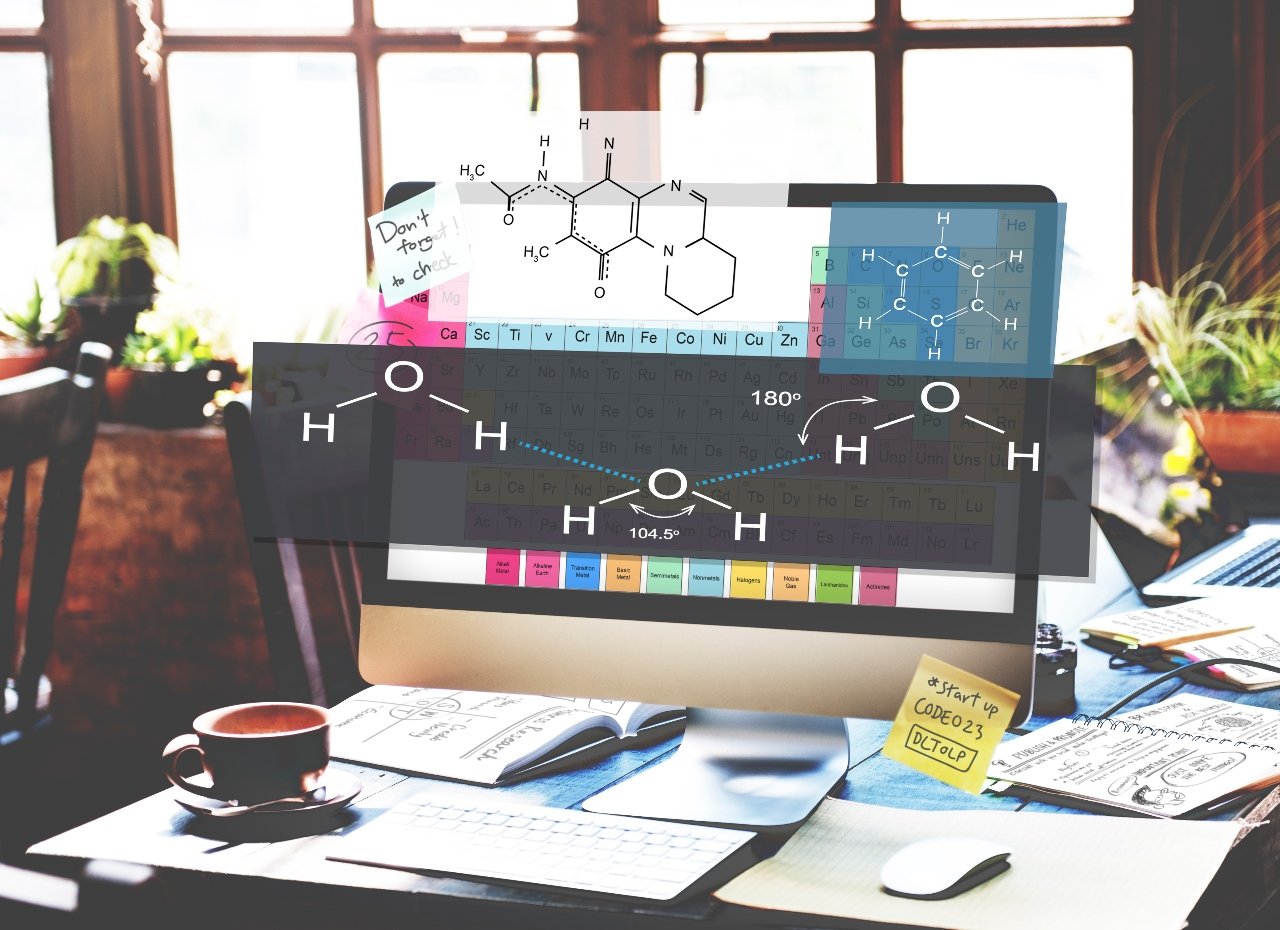hcooch ch2 h2o: Unveiling Its Structure, Properties, and Applications
 Formula Experiment Atom Chemistry Concept
Formula Experiment Atom Chemistry Concept
Understanding the compound hcooch ch2 h2o is essential due to its significant role in various chemical processes and industrial applications. This article delves into its structure, properties, synthesis methods, and practical uses, providing a comprehensive overview suitable for a 9th-grade audience.
Structure and Composition of hcooch ch2 h2o
The chemical formula hcooch ch2 h2o represents a compound comprising formic acid (HCOOH), a methylene group (CH2), and water (H2O). In this context, “hcooch” denotes the ester formed between formic acid and an alcohol, while “ch2” signifies a methylene bridge connecting different parts of the molecule. The inclusion of water (H2O) indicates either hydration or the presence of water molecules within the compound’s structure.
Physical Properties
-
State and Appearance: hcooch ch2 h2o typically exists as a clear, colorless liquid with a faint, pleasant odor.
-
Boiling and Melting Points: It has a boiling point around 100°C and a melting point near -50°C, making it stable under standard conditions.
-
Solubility: This compound is highly soluble in water and mixes well with many organic solvents, enhancing its versatility in various applications.
Chemical Properties
-
Reactivity: hcooch ch2 h2o is known for its reactivity, especially in hydrolysis reactions where it breaks down into formic acid and the corresponding alcohol.
-
Stability: Under normal conditions, it remains stable; however, exposure to strong acids or bases can lead to decomposition.
-
Hydrogen Bonding: The presence of water molecules allows for hydrogen bonding, influencing its boiling point and solubility.
Synthesis of hcooch ch2 h2o
The synthesis of hcoch ch2 h2o involves a series of controlled chemical reactions:
-
Esterification: Formic acid reacts with an alcohol in the presence of an acid catalyst to form an ester (hcooch) and water.
-
Incorporation of Methylene Group: A methylene group (CH2) is introduced into the ester through specific chemical reactions, modifying the compound’s structure.
-
Hydration: Water molecules are added under controlled conditions to achieve the final composition of hcooch ch2 h2o.
Each step requires precise control of reaction conditions, such as temperature and pH, to ensure the desired product is obtained.
Applications of hcooch ch2 h2o
hcooch ch2 h2o finds utility in various fields due to its unique properties:
-
Solvent: Its ability to dissolve a wide range of substances makes it an effective solvent in chemical laboratories and industries.
-
Intermediate in Organic Synthesis: It serves as a building block for synthesizing more complex organic compounds, including pharmaceuticals and agrochemicals.
-
Preservative: Due to its antimicrobial properties, it is used as a preservative in certain formulations.
-
Fuel Additive: In some cases, it is added to fuels to improve combustion efficiency and reduce emissions.
Safety and Handling
While hcoch ch2 h2 is useful, it is essential to handle it with care:
-
Protective Equipment: Wearing gloves and goggles is recommended to prevent skin and eye contact.
-
Ventilation: Using it in well-ventilated areas helps avoid inhalation of vapors.
-
Storage: Keep the compound in tightly sealed containers, away from strong acids or bases, to maintain its stability.
Environmental Impact
When released into the environment, hcoch ch2 ho can undergo natural degradation, breaking down into less harmful substances. However, excessive release should be avoided to prevent potential ecological effects.
Understanding hcooch c2 h2 encompasses its structural composition, physical and chemical properties, synthesis methods, and diverse applications. This knowledge is crucial for its safe and effective use in various scientific and industrial contexts.








